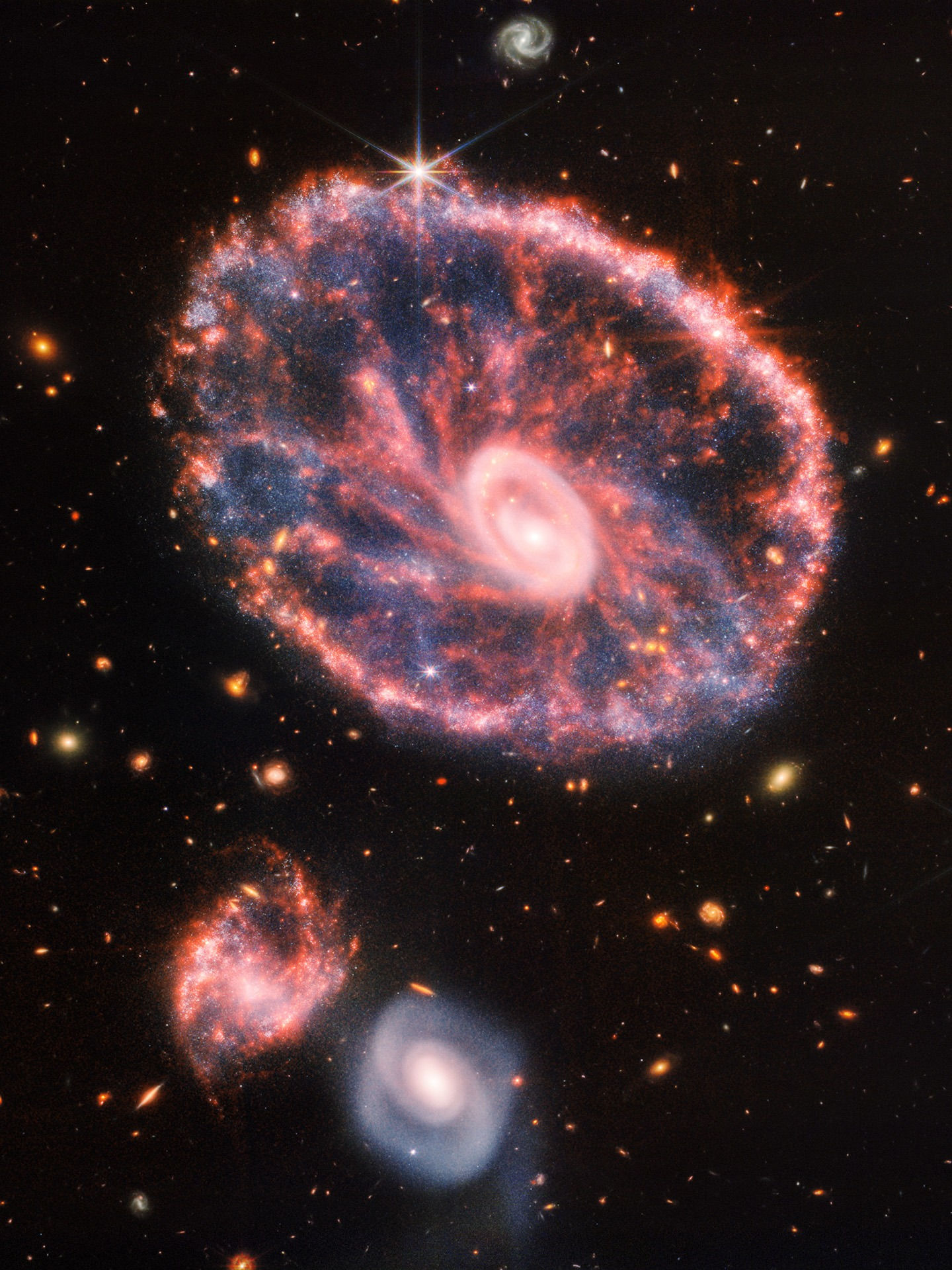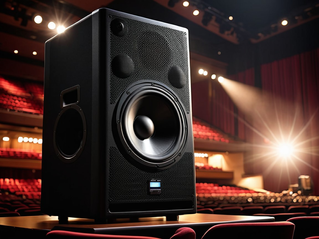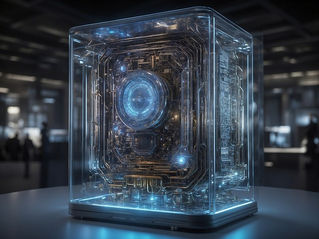Perseids are caused by the debris of the Comet Swift-Tuttle. Today the number of falling stars on the sky is estimated to reach a peak. Perseids is one the most spectacular wonders of the night sky for the amateur astronomer. The full Moon is there, but you can enjoy them together. However, the number of observed meteors will decrease to roughly the half, under the light of the Moon. They are called Perseids, because their radiant point on the sky is on the constellation of Perseus.

It will not be hard to recognise Perseus, just look under the W of Cassiopeia:

You must select a place away from city lights for your viewing. Let your eyes into the dark for 10 minutes and start observing!

Sometimes, and especially when a comet has recently passed near the Earth, the meteor count can increase dramatically, however Swift-Tuttle has not recently passed near the Earth, so the debris behind him will be of ordinary density. The Leonid meteor shower (17 November), becomes extremely spectacular every 33 years, (since the orbital period of the comet is 33 years) exactly for this reason. Leonids and Perseids are widely considered the two most spectacular meteor showers every year. Leonids are produced due to the debris of the comet Tempel–Tuttle. Consider wearing hot clothes, and join us tonight to observe them together!






























































































Comments